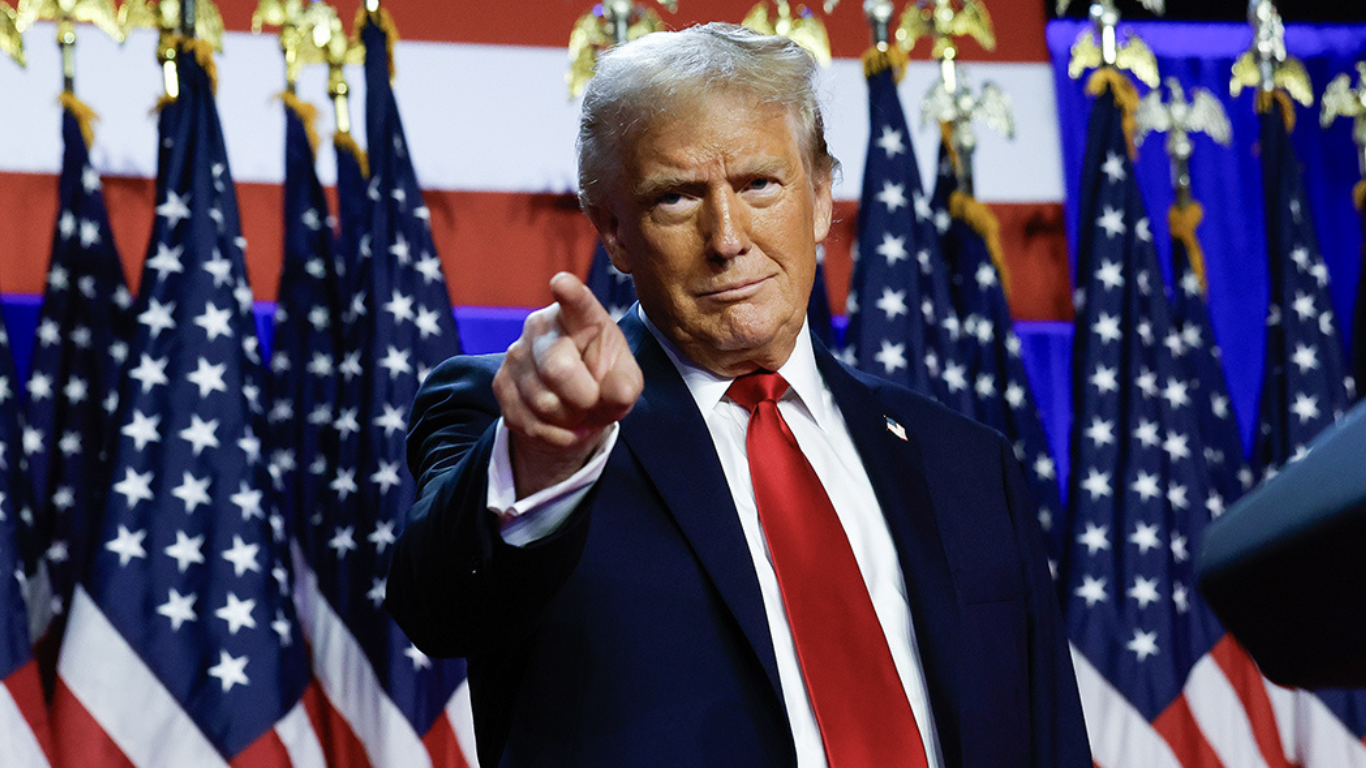US Tariffs on Steel and Aluminum Imports Take Effect, Prompting Global Reactions

Washington, D.C. — The United States has officially imposed a 25% tariff on steel and aluminum imports, marking a significant step in President Donald Trump’s ongoing trade agenda. The levies, which affect several of the US's major trading partners, took effect on Wednesday with no exceptions or exemptions, despite efforts by countries to avoid the measure.
These tariffs are expected to increase the production costs for a wide array of goods, including home appliances, automobiles, and drink cans. Experts predict that consumer prices could see a rise as a result. Clark Packard, a research fellow at the Cato Institute, told AFP, “It wouldn’t surprise me to see the tariffs pretty quickly show up in prices.”
Auto manufacturing and construction are among the industries most reliant on steel, and the tariffs are expected to have a significant impact on these sectors. The European Commission swiftly responded, announcing countermeasures that will take effect from April 1 in retaliation to what it calls "unjustified trade restrictions" from the United States.
“We deeply regret this measure,” said European Commission President Ursula von der Leyen, who emphasized that the US tariffs, totaling $28 billion, would be met with countermeasures of equal value in euros.
Canada, a major supplier of both steel and aluminum to the US, is expected to be hit hardest by the new tariffs. Approximately half of US aluminum imports and 20% of its steel imports come from Canada. Brazil, Mexico, the UAE, and South Korea also supply significant amounts of steel and aluminum to the US, and these countries could face similar challenges.
The tariffs come on top of previously imposed levies, meaning that certain steel and aluminum products from Canada and Mexico could face a 50% tariff unless they meet USMCA (United States-Mexico-Canada Agreement) conditions.
The announcement has added uncertainty to global trade, with the financial markets reacting negatively, as Wall Street indices saw declines for a second consecutive day. Despite concerns about a potential recession, President Trump downplayed the worries, stating that he does not foresee an economic downturn and dismissing the losses on Wall Street.
Trump’s handling of trade relations has been marked by unpredictability, with tensions rising between the US and Canada, especially regarding potential additional tariffs on Canadian steel. However, after discussions between US and Canadian officials, Ontario province decided to halt a planned electricity surcharge on US states, easing tensions for now.
White House officials, including Senior Counselor Peter Navarro, described the tariff discussions as part of a negotiation process. “It is a transition,” Navarro said, acknowledging the potential for a bumpy road ahead.
The tariffs are causing ripple effects throughout the manufacturing sector, with some US steel and aluminum producers benefiting from the higher tariffs, while others warn that they could increase the costs of imported goods and make domestically produced goods equally expensive. Gregory Daco, Chief Economist at EY, noted that the new tariffs are more expansive than those imposed in 2018, covering not just raw materials but also finished products, which could increase costs across multiple industries.
Despite calls for exemptions from countries like Australia and Japan, the US has not granted any relief, and it remains unclear whether Trump will ease the restrictions for certain countries as he did during his first term. Looking ahead, President Trump has promised new reciprocal tariffs starting April 2, potentially targeting more products and trading partners as the trade standoff continues.
















तपाईको प्रतिक्रिया दिनुहोस